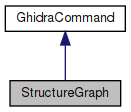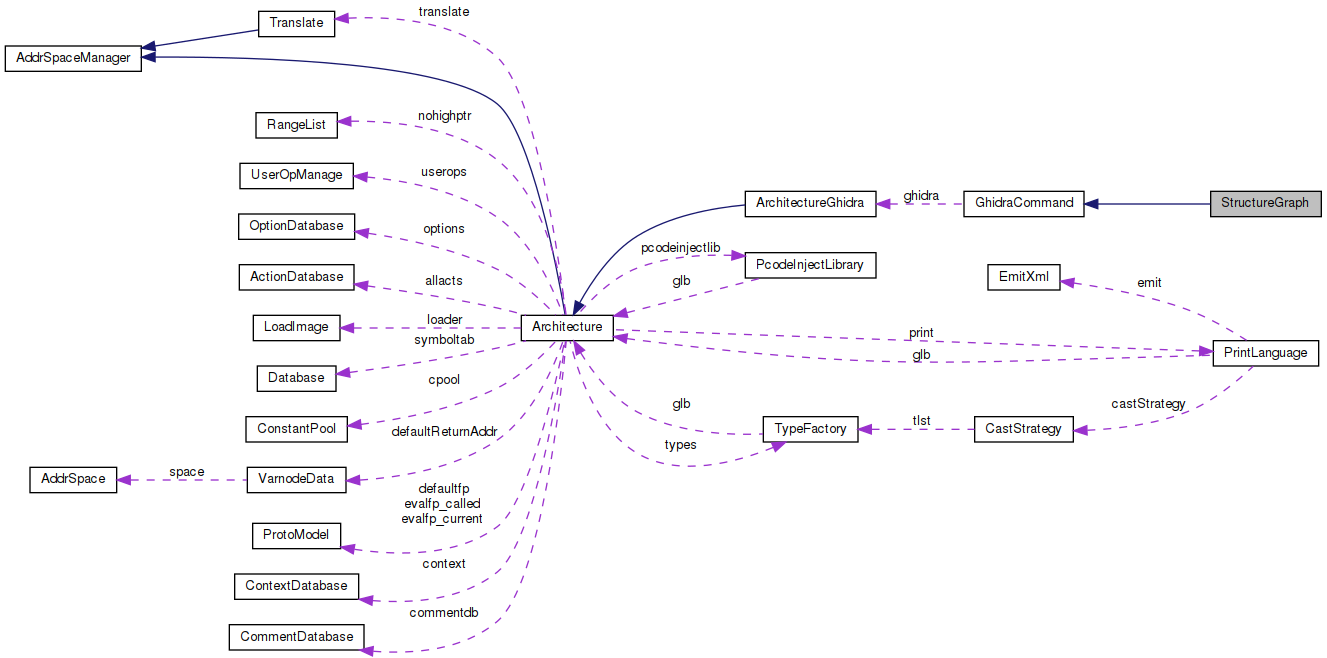Command to structure a control-flow graph. More...
#include <ghidra_process.hh>


Public Member Functions | |
| virtual void | rawAction (void) |
| Perform the action of the command. More... | |
 Public Member Functions inherited from GhidraCommand Public Member Functions inherited from GhidraCommand | |
| GhidraCommand (void) | |
| Construct given i/o streams. | |
| virtual | ~GhidraCommand (void) |
| Destructor. | |
| int4 | doit (void) |
| Configure and execute the command, then send back results. More... | |
Additional Inherited Members | |
 Protected Member Functions inherited from GhidraCommand Protected Member Functions inherited from GhidraCommand | |
| virtual void | sendResult (void) |
| Send results of the command (if any) back to the Ghidra client. More... | |
 Protected Attributes inherited from GhidraCommand Protected Attributes inherited from GhidraCommand | |
| istream & | sin |
| The input stream from the Ghidra client. | |
| ostream & | sout |
| The output stream to the Ghidra client. | |
| ArchitectureGhidra * | ghidra |
| The Architecture on which to perform the command. | |
| int4 | status |
| Meta-command to system (0=wait for next command, 1=terminate process) | |
Detailed Description
Command to structure a control-flow graph.
An arbitrary control-flow is sent as a <block> tag, with nested <block>, <bhead>, and <edge> sub-tags. The decompiler structures the control-flow using standard structured code elements: if/else, loops, switches, etc. The resulting structure information is returned to the client as an XML document.
The command expects 2 string parameters. The first is the encoded integer id of a program in which we assume the control-flow graph lives. The second is the XML description of the control-flow.
Member Function Documentation
◆ rawAction()
|
virtual |
Perform the action of the command.
Configuration is assumed to have happened, and this object can immediately begin examining and manipulating data under the active Architecture object to perform the command.
Implements GhidraCommand.
The documentation for this class was generated from the following files:
- ghidra_process.hh
- ghidra_process.cc
 1.8.13
1.8.13